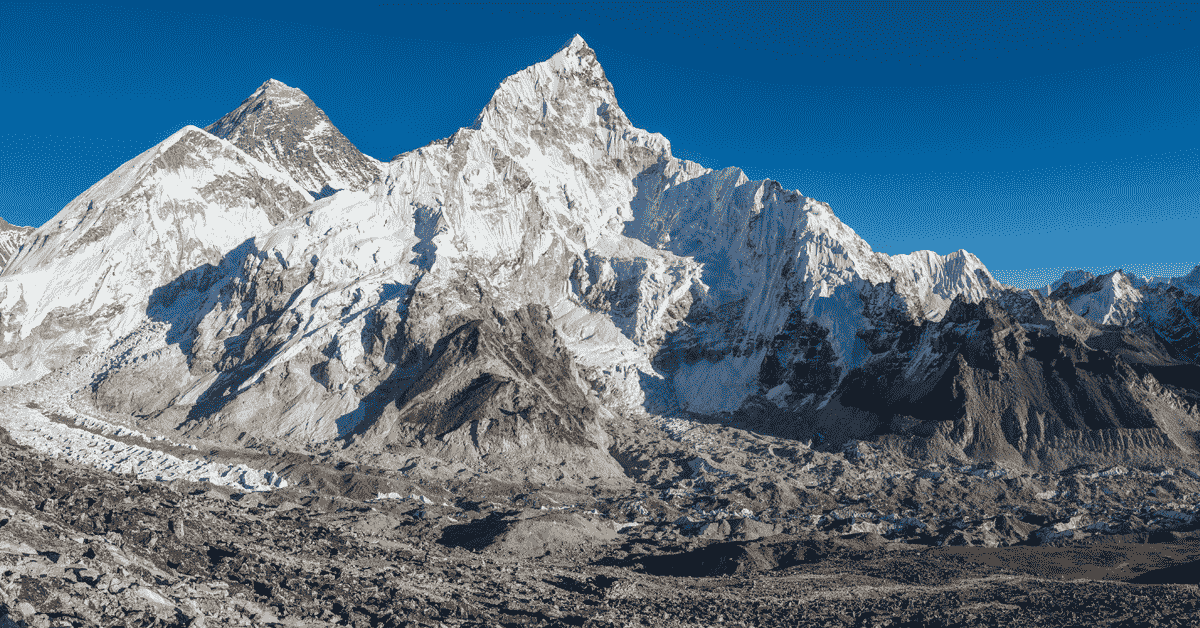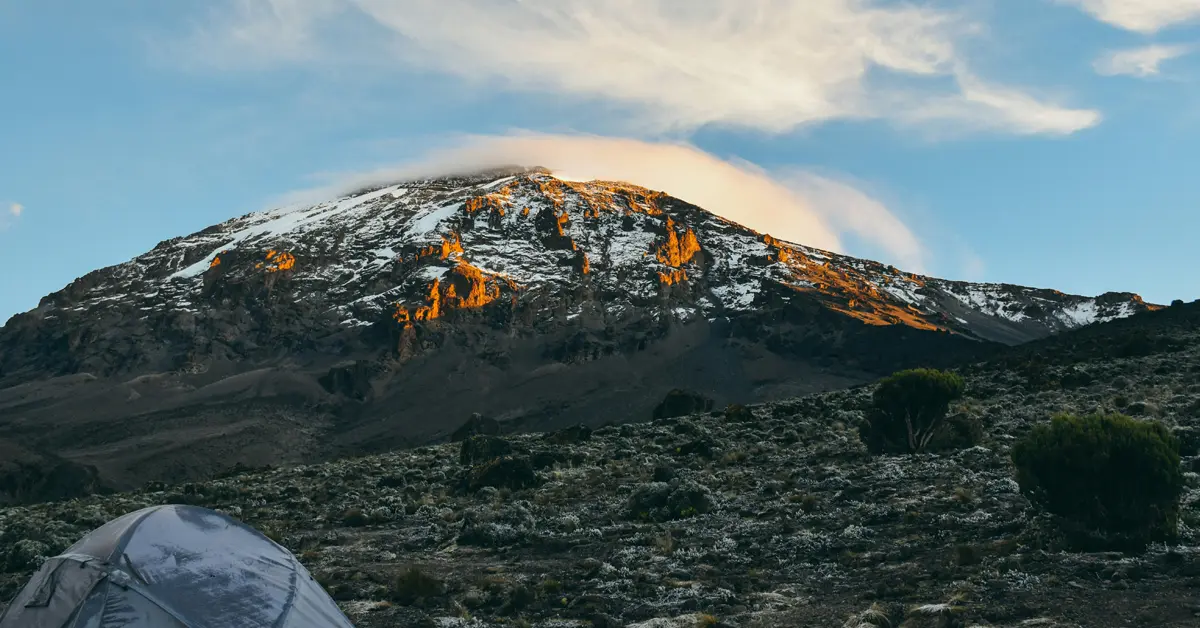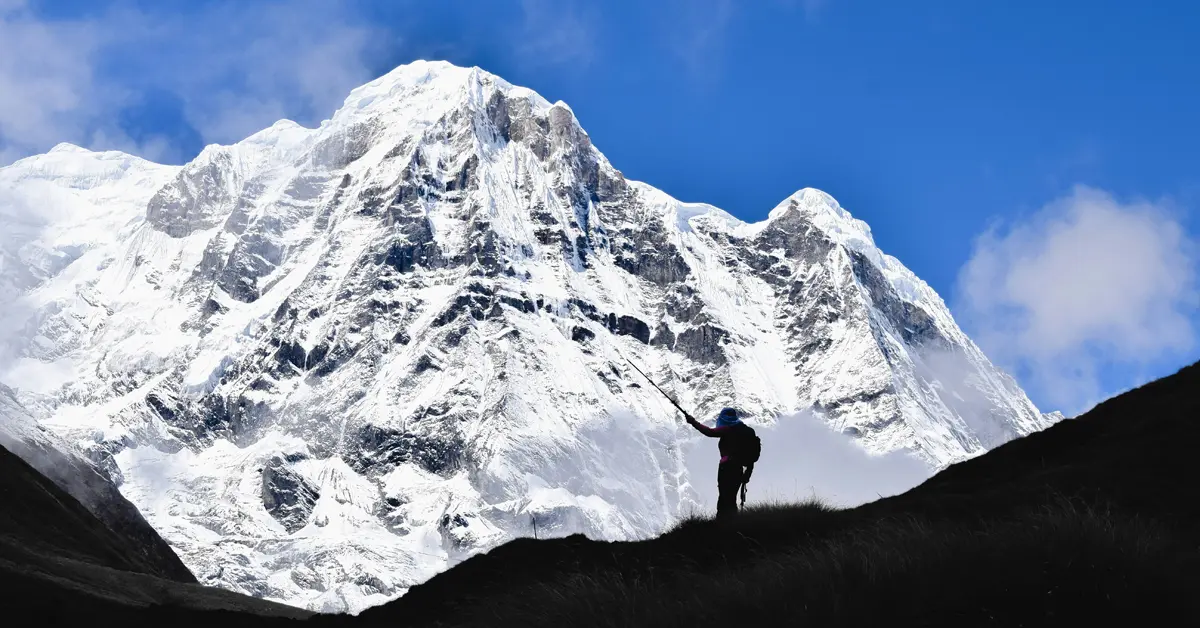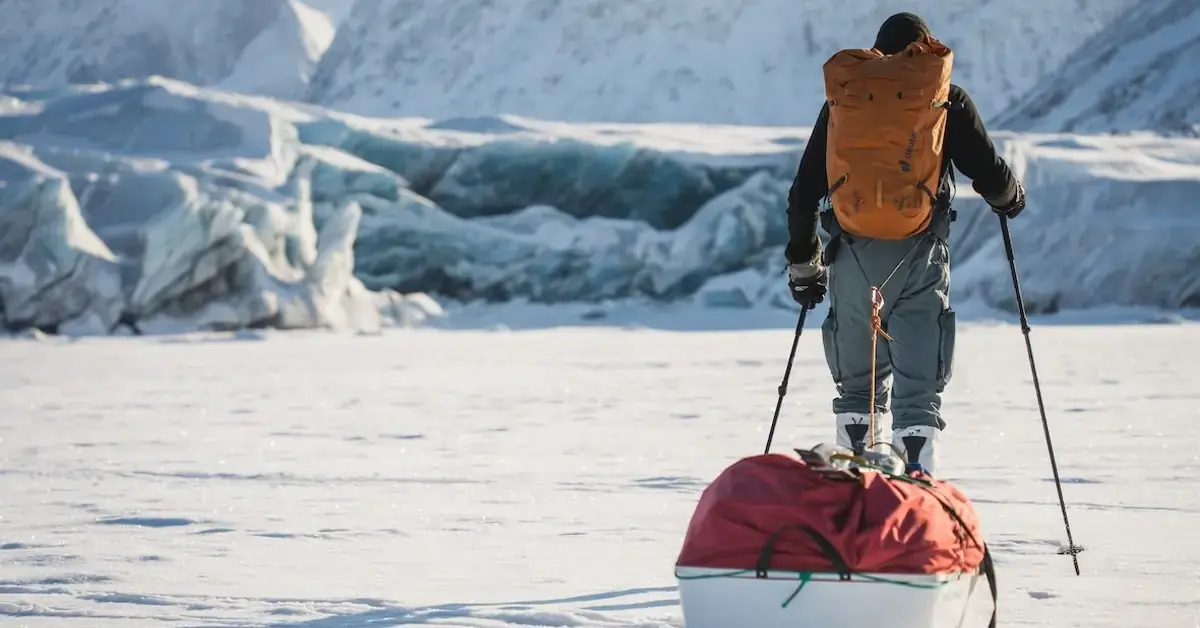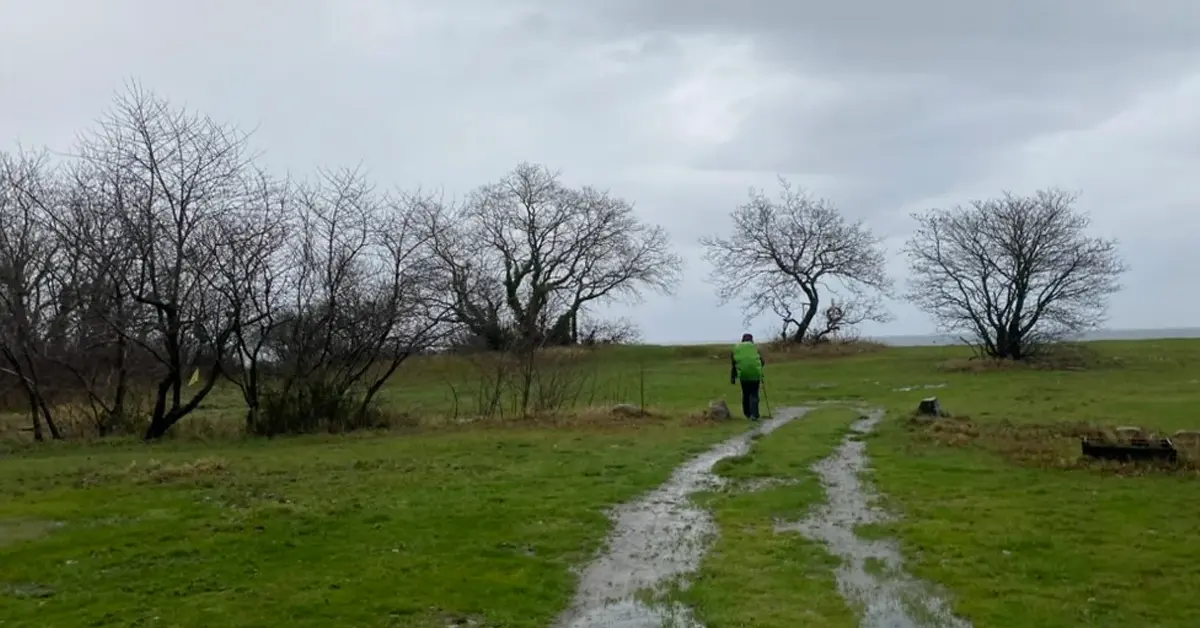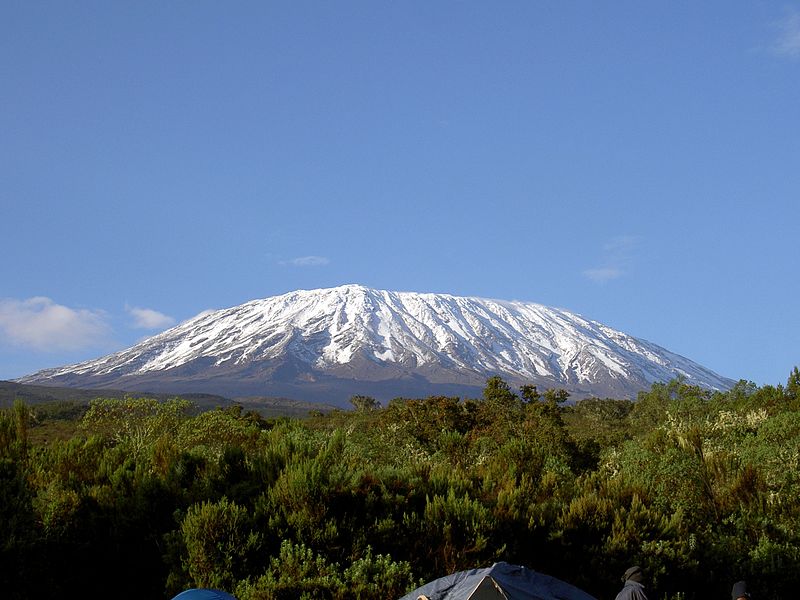Haute Route Skiing Essential Gear List: Must-Have Items
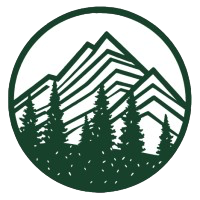
Gearchecker
8 months ago
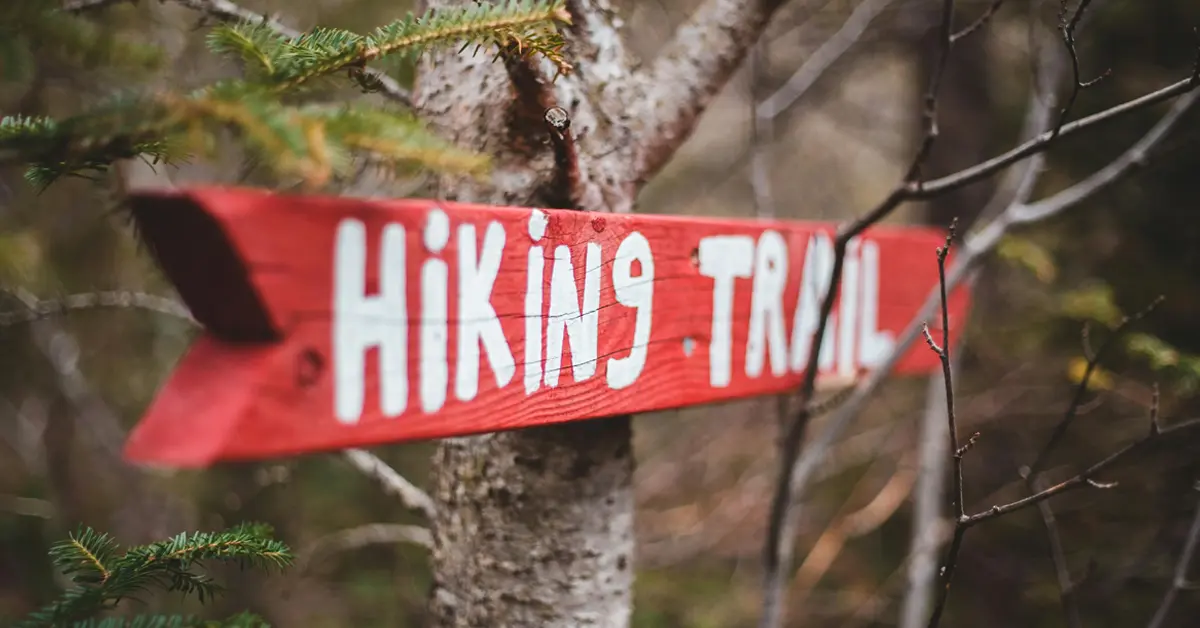
Introduction of Haute Route
Haute direction is one of the world’s best mountain journeys, Haute direction is a hard, high-altitude trek that links Europe's well-known mountains, Mont Blanc and the Matterhorn. The high-altitude journey starts off in the charming metropolis of Chamonix Mont Blanc, nestled in the heart of the French Alps, and winds through the picturesque landscapes of the Swiss Alps, sooner or later main to the stunning Zermatt, home of the mythical Matterhorn.

Essential Information about Route
The Haute Route is an important trek that spans approximately 180 kilometers connecting Chamonix in France to Zermatt in Switzerland. It takes about 7 to 10 days to complete, depending on the chosen route and conditions. The route passes through alpine landscapes, including glaciers, mountain passes, and remote valleys.
Key Highlights of the Haute Route
Starting Point: Chamonix, France, known for its Mont Blanc and its vibrant ski culture.
Ending Point: Zermatt, Switzerland, home to the Matterhorn, the most iconic peaks in the Alps.
Altitude: The trek reaches altitudes of over 9,800 feet with several challenging passes, such as the Col du Chardonnet and the Col de la Serpentine.
Best Time to Trek: The best time to trek the Haute Route is from June to early September for hikers. For skiers March to early May.
Difficulty: The Haute Route is considered a challenging trek, suitable for experienced hikers and mountaineers. It requires good physical fitness and experience in high-altitude trekking or skiing.
Accommodation: Along the route, trekkers can stay in a mix of mountain huts, refuges, and small village hotels, offering basic but comfortable amenities.
Guides and Maps: While the route is well-marked, hiring a guide is recommended for those unfamiliar with the terrain. Detailed maps and GPS devices are essential for navigation.
Starting Point: Chamonix, France, known for its Mont Blanc and its vibrant ski culture.
Ending Point: Zermatt, Switzerland, home to the Matterhorn, the most iconic peaks in the Alps.
Altitude: The trek reaches altitudes of over 9,800 feet with several challenging passes, such as the Col du Chardonnet and the Col de la Serpentine.
Best Time to Trek: The best time to trek the Haute Route is from June to early September for hikers. For skiers March to early May.
Difficulty: The Haute Route is considered a challenging trek, suitable for experienced hikers and mountaineers. It requires good physical fitness and experience in high-altitude trekking or skiing.
Accommodation: Along the route, trekkers can stay in a mix of mountain huts, refuges, and small village hotels, offering basic but comfortable amenities.
Guides and Maps: While the route is well-marked, hiring a guide is recommended for those unfamiliar with the terrain. Detailed maps and GPS devices are essential for navigation.
The Haute Route is famous for its best views and the unique opportunity to visit two of Europe’s most decorated mountain regions.
Activities Individual Can Do On the Haute Route
There are huge numbers of adventure activities that individuals can do on the Haute route, some of them are listed below:
Hiking and Trekking: The high-quality activity on the Haute Route is hiking via varied terrains, from lush valleys to rugged mountain passes. The trail gives mild paths and steep ascents, making it suitable for experienced hikers.
Glacier Crossings: For the ones taking the excessive-degree version, crossing glaciers just like the Glacier d'Otemma is a thrilling revel. The right system and every now and then a manual are necessary for those sections.
Overnight Stays in Mountain Huts: Staying in traditional mountain huts or refuges is a highlight. Those offer a comfy location to relax, enjoy neighbourhood meals, and share memories with fellow trekkers.
Exploring Alpine Villages: The direction passes via alpine villages inclusive of Chamonix, Verbier, and Zermatt, wherein trekkers can explore neighbourhood subculture and architecture.
Wildlife Spotting: The Haute direction is home to numerous wildlife, including ibex, chamois, marmots, and diverse bird species. eager-eyed trekkers can enjoy spotting those animals in their natural habitat.
Take Images: The beautiful landscapes make the Haute direction a paradise for photographers. From dawn over the peaks to serene alpine lakes, there are endless possibilities to capture beautiful moments.
Essential Gear for Haute Route Skiing
The gear you choose can make or break your experience. Here's a breakdown of what we brought along, along with some reflections on what worked and what we might do differently next time.

Pack and Carrying Essentials
Osprey Atmos AG 65L Rucksack: This pack was a workhorse—comfortable, with plenty of space and excellent ventilation. The anti-gravity system made it feel lighter, but I’d suggest practising with it fully loaded before heading out.
Hydration System (CamelBak 3L Reservoir): Staying hydrated is crucial, especially on those long, exposed sections. The CamelBak was convenient
Dry Bags: These were essential for keeping gear dry, especially during unexpected downpours. One for clothes, one for electronics, and a smaller one for food.
Osprey Atmos AG 65L Rucksack: This pack was a workhorse—comfortable, with plenty of space and excellent ventilation. The anti-gravity system made it feel lighter, but I’d suggest practising with it fully loaded before heading out.
Hydration System (CamelBak 3L Reservoir): Staying hydrated is crucial, especially on those long, exposed sections. The CamelBak was convenient
Dry Bags: These were essential for keeping gear dry, especially during unexpected downpours. One for clothes, one for electronics, and a smaller one for food.
Sleeping Setup
Nemo Hornet 2P Tent: Lightweight and compact, but a bit tight for two people with gear. On solo nights, it was perfect
Marmot Phase 20 Sleeping Bag: This bag was warm enough for the coldest nights, but I did wake up chilly a couple of times when temperatures dropped unexpectedly. A liner might have helped.
Nemo Hornet 2P Tent: Lightweight and compact, but a bit tight for two people with gear. On solo nights, it was perfect
Marmot Phase 20 Sleeping Bag: This bag was warm enough for the coldest nights, but I did wake up chilly a couple of times when temperatures dropped unexpectedly. A liner might have helped.
Clothing Essentials
Arc'teryx Beta AR Jacket: Go-to waterproof jacket. It held up well against sudden rainstorms and also worked as a windbreaker at higher altitudes.
Montbell Alpine Light Down Jacket: Light and packable, but provided the warmth we needed during the evenings. However, it’s not the most durable, so we need to be careful around campfires and sharp rocks.
Outdoor Research Ferrosi Pants: These were fantastic—light, stretchy, and tough. Which is exactly what you want on a long hike.
Arc'teryx Beta AR Jacket: Go-to waterproof jacket. It held up well against sudden rainstorms and also worked as a windbreaker at higher altitudes.
Montbell Alpine Light Down Jacket: Light and packable, but provided the warmth we needed during the evenings. However, it’s not the most durable, so we need to be careful around campfires and sharp rocks.
Outdoor Research Ferrosi Pants: These were fantastic—light, stretchy, and tough. Which is exactly what you want on a long hike.
Footwear and Snow Gear
La Sportiva Nucleo High GTX Boots: These were a lifesaver, especially on the rougher, more technical sections of the trail. They provided great ankle support.
Darn Tough Socks: Worth every penny. They kept my feet dry and blister-free, even after long, wet days.
La Sportiva Nucleo High GTX Boots: These were a lifesaver, especially on the rougher, more technical sections of the trail. They provided great ankle support.
Darn Tough Socks: Worth every penny. They kept my feet dry and blister-free, even after long, wet days.
Tech and Navigation
Garmin Instinct 2s solar graphite: This was great for tracking my progress and keeping an eye on the weather. The altimeter was especially useful on steep ascents.
Paper Maps and Compass: We used Cicerone’s Walker’s Haute Route guidebook and a 1:25k topographic map. While GPS is great, having a physical map was invaluable when my devices needed charging.
Garmin Instinct 2s solar graphite: This was great for tracking my progress and keeping an eye on the weather. The altimeter was especially useful on steep ascents.
Paper Maps and Compass: We used Cicerone’s Walker’s Haute Route guidebook and a 1:25k topographic map. While GPS is great, having a physical map was invaluable when my devices needed charging.
Miscellaneous Gears
Primus Micron Stove Piezo: Small, reliable, and boiled water quickly. Perfect for morning coffee and evening meals. Just remember to bring enough fuel canisters, especially if you’re planning on cooking most of your meals.
First Aid Kit: We kept it basic with bandages, antiseptic wipes, blister treatment, and a few medications. I thankfully didn’t need to use much of it, but it’s always better to be safe.
Primus Micron Stove Piezo: Small, reliable, and boiled water quickly. Perfect for morning coffee and evening meals. Just remember to bring enough fuel canisters, especially if you’re planning on cooking most of your meals.
First Aid Kit: We kept it basic with bandages, antiseptic wipes, blister treatment, and a few medications. I thankfully didn’t need to use much of it, but it’s always better to be safe.
Conclusion
Overall, Though there's always space for improvement our equipment generally performed admirably for you on the Haute Route. Every item of gear was carefully selected and the majority of it functioned flawlessly under the trail's demands. Finding the right balance between functionality comfort and weight is important and I'll keep improving it on my next excursions.
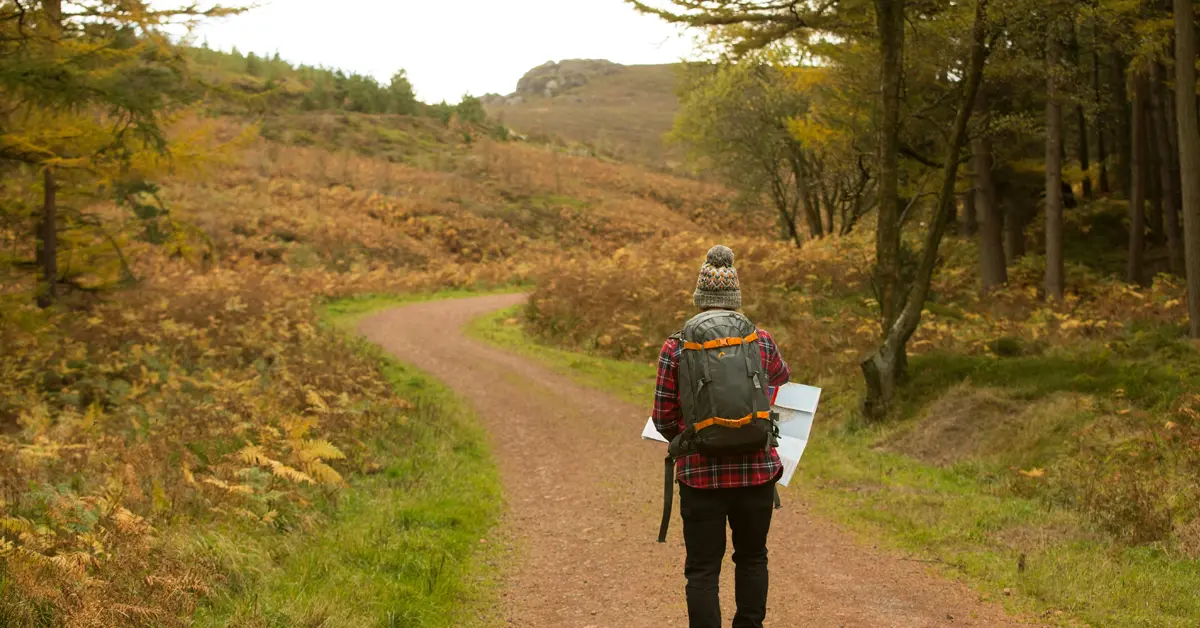
FAQs
What is included in the best all-inclusive ski holidays in Zermatt, Switzerland?
What is included in the best all-inclusive ski holidays in Zermatt, Switzerland?
All-inclusive ski holidays in Zermatt typically include accommodation, lift passes, ski rentals, meals, and sometimes airport transfers, offering a hassle-free experience in one of the best ski resorts in the Swiss Alps.
What is a typical itinerary for the Haute Route ski tour?
A typical Haute Route ski tour itinerary spans 6-8 days, starting in Chamonix and ending in Zermatt, covering key alpine huts, glacier crossings, and breathtaking views of the Swiss Alps along the way.
How difficult is the Haute Route ski tour?
The Haute Route ski tour is considered challenging, requiring advanced skiing skills, good physical fitness, and experience with glacier travel due to its demanding terrain and variable weather conditions.
What should I know about hiking the Haute Route?
Hiking the Haute Route involves traversing from Chamonix to Zermatt, covering approximately 180 km over 10-12 days. The trail offers stunning alpine scenery but requires good fitness due to its challenging ascents and descents.
What is the total ski distance of the Haute Route?
The total ski distance of the Haute Route is approximately 120-140 km, depending on the exact route taken, with daily distances ranging from 15 to 25 km across challenging alpine terrain.
